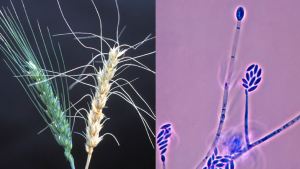#169: Sirex Woodwasp
Sirex noctilio, known as the “Sirex woodwasp” or “European woodwasp” (sometimes spelled “wood wasp”), is an invasive species that attacks most species of pine trees. Interestingly, the insect is dependent upon the fungus Amylostereum aerolatum to complete its life cycle. The Sirex woodwasp carries the fungus with it to new trees and in return the fungus becomes a meal for the Sirex woodwasp’s larvae.

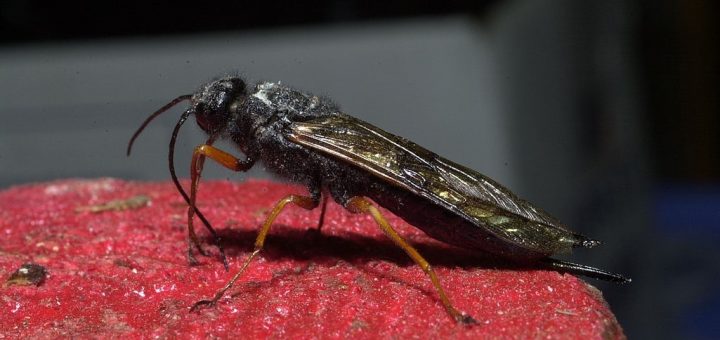
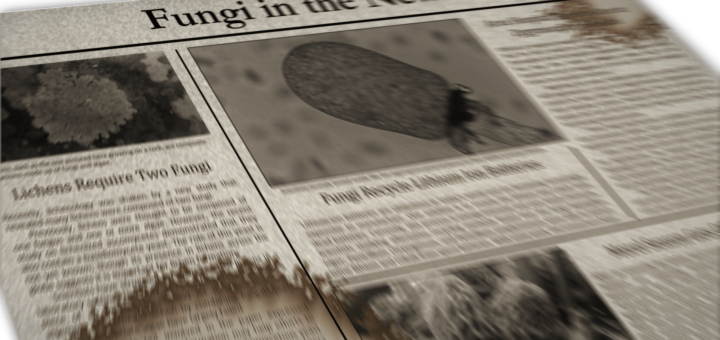
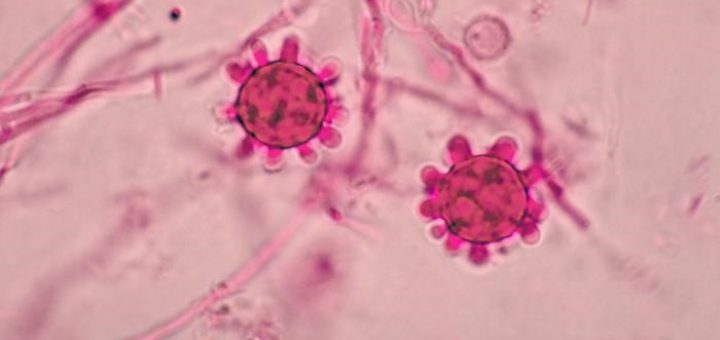
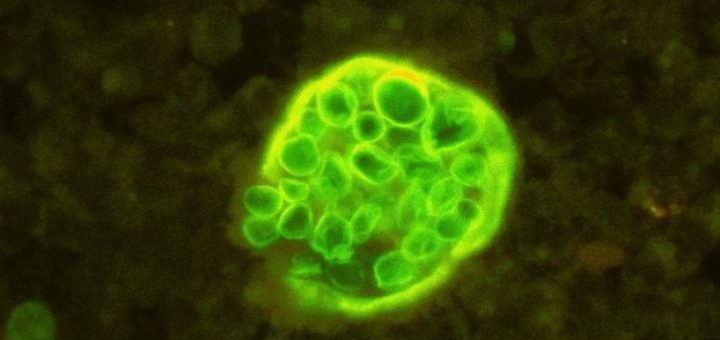
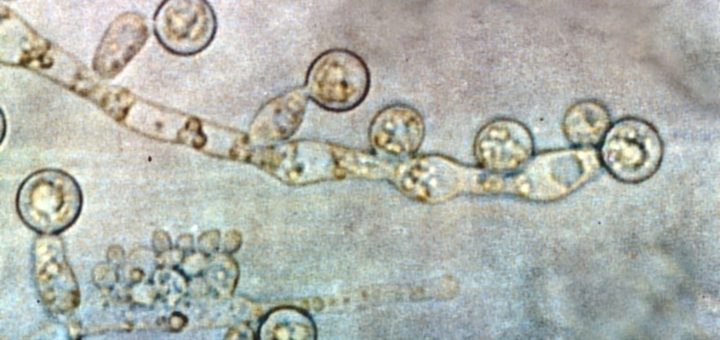
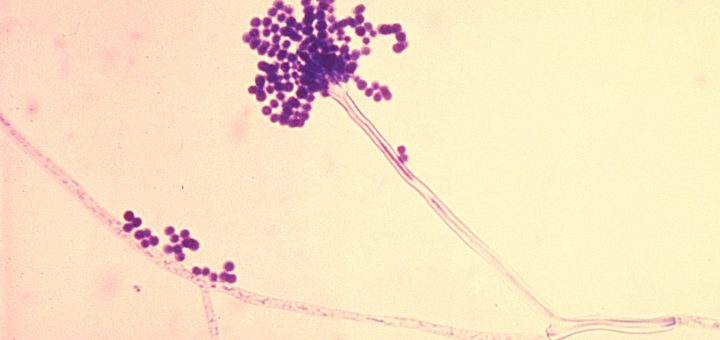
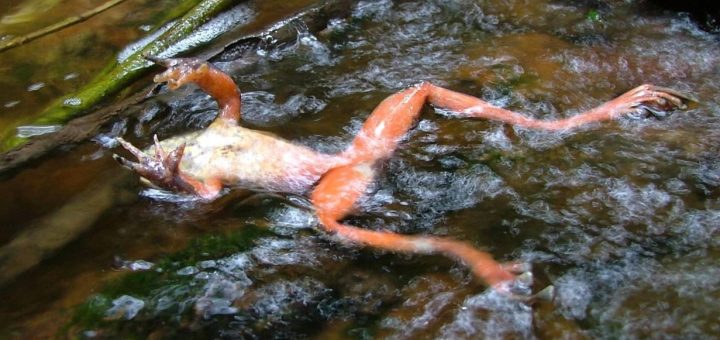






![#011: Characteristics of Kingdom Fungi [Archived]](https://www.fungusfactfriday.com/wp-content/themes/hueman/assets/front/img/thumb-small-empty.png)

